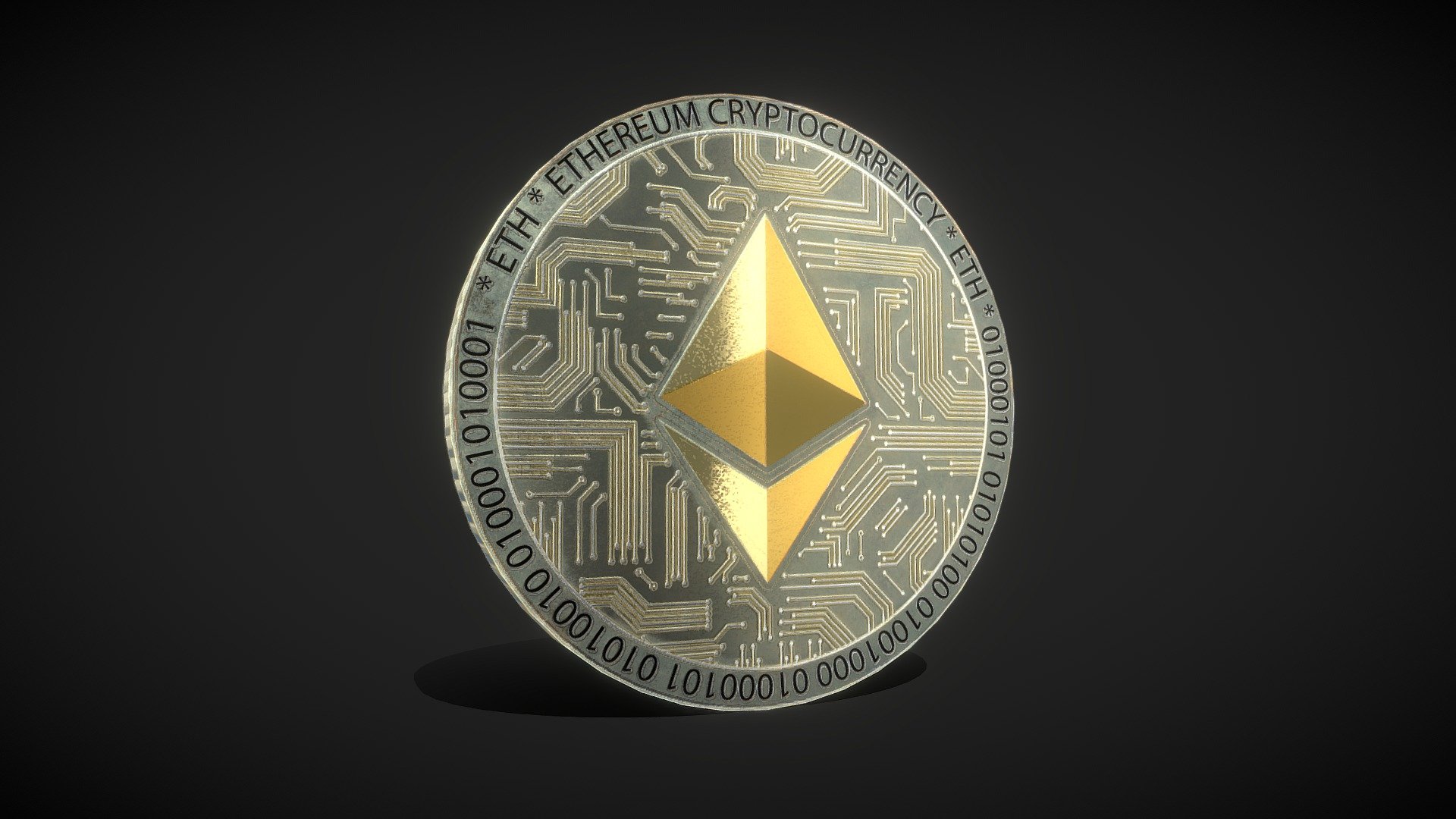The Comprehensive Guide to Ethereum Classic (ETC)
Ethereum Classic (ETC) is a decentralized, open-source blockchain platform that emerged as a result of a hard fork from the original Ethereum (ETH) network. Known for preserving the untampered history of the Ethereum blockchain, Ethereum Classic has maintained its position as a key player in the cryptocurrency space. This article delves into the origins, technical aspects, use cases, and future potential of Ethereum Classic, providing a comprehensive overview for both newcomers and seasoned cryptocurrency enthusiasts.
The Origins of Ethereum Classic
The Birth of Ethereum
To understand Ethereum Classic, it's essential to first explore the origins of Ethereum. Ethereum was conceived by Vitalik Buterin in late 2013 as a blockchain platform that extended the functionality of Bitcoin by enabling the development of decentralized applications (DApps) and smart contracts. Launched in July 2015, Ethereum quickly gained popularity due to its versatile and programmable blockchain.
The DAO Incident
The Decentralized Autonomous Organization (DAO) was one of the most ambitious projects built on the Ethereum platform. Launched in April 2016, the DAO was essentially a venture capital fund operated through smart contracts, allowing investors to vote on proposals and decide which projects to fund. The DAO raised over $150 million worth of Ether, making it one of the largest crowdfunding projects at the time.
However, in June 2016, a vulnerability in the DAO's code was exploited, resulting in the theft of approximately $50 million worth of Ether. This incident posed a significant challenge to the Ethereum community, sparking a debate on how to respond to the breach.
The Hard Fork
The Ethereum community was divided on the best course of action to address the DAO hack. One faction advocated for a hard fork to reverse the effects of the hack and return the stolen funds to the original owners. The other faction believed in the immutability of the blockchain, arguing that the ledger should remain unchanged regardless of the circumstances.
In July 2016, a hard fork was implemented, creating two separate blockchains: Ethereum (ETH) and Ethereum Classic (ETC). The new chain, Ethereum, adopted the changes to reverse the hack, while Ethereum Classic continued to operate on the original chain, preserving the unaltered transaction history.
Technical Aspects of Ethereum Classic
Blockchain Fundamentals
Ethereum Classic operates on a proof-of-work (PoW) consensus mechanism, similar to Bitcoin and the original Ethereum. In PoW, miners solve complex mathematical puzzles to validate transactions and secure the network. The first miner to solve the puzzle adds a new block to the blockchain and is rewarded with ETC.
Smart Contracts and DApps
One of the key features of Ethereum Classic is its support for smart contracts and decentralized applications. Smart contracts are self-executing contracts with the terms of the agreement directly written into code. These contracts automatically execute when the conditions are met, eliminating the need for intermediaries and reducing the risk of fraud.
Decentralized applications (DApps) are applications that run on a decentralized network, utilizing smart contracts for their functionality. Ethereum Classic provides a platform for developers to create and deploy DApps, leveraging the security and transparency of the blockchain.
Gas and Transactions
Ethereum Classic uses a unit called "gas" to measure the computational work required to execute transactions and smart contracts. Gas is paid in ETC, and the amount of gas needed depends on the complexity of the transaction. This system ensures that the network remains efficient by preventing spam and encouraging developers to write optimized code.
The ECIP Process
Ethereum Classic Improvement Proposals (ECIPs) are the mechanism through which changes and upgrades to the Ethereum Classic protocol are proposed and discussed. Similar to Bitcoin's BIPs and Ethereum's EIPs, ECIPs allow the community to participate in the development and evolution of the network.
Use Cases of Ethereum Classic
Digital Currency
Like other cryptocurrencies, Ethereum Classic can be used as a digital currency for peer-to-peer transactions. ETC enables fast and secure transfers of value without the need for intermediaries, making it an attractive option for individuals and businesses seeking an alternative to traditional financial systems.
Decentralized Finance (DeFi)
Decentralized finance (DeFi) is one of the most promising use cases for Ethereum Classic. DeFi refers to a broad range of financial services and products that are built on blockchain technology, including lending and borrowing platforms, decentralized exchanges, and stablecoins. By leveraging smart contracts, DeFi applications on Ethereum Classic can provide financial services that are more accessible, transparent, and secure.
Supply Chain Management
Ethereum Classic's blockchain can be used to improve supply chain management by providing a transparent and immutable record of the movement of goods. Smart contracts can automate various processes in the supply chain, such as verifying the authenticity of products, tracking shipments, and ensuring compliance with regulations.
Identity Verification
Blockchain technology can enhance identity verification processes by providing a secure and tamper-proof way to store and share identity information. Ethereum Classic can be used to create decentralized identity systems that give individuals control over their personal data and reduce the risk of identity theft.
Voting Systems
Decentralized voting systems can benefit from the transparency and security of the Ethereum Classic blockchain. By using smart contracts to conduct and verify elections, these systems can ensure the integrity of the voting process and increase trust in the results.
Challenges and Controversies
Security Concerns
One of the main challenges faced by Ethereum Classic is security. The network has been targeted by several 51% attacks, in which a single entity gains control of more than half of the network's mining power, allowing them to double-spend coins and reorganize the blockchain. These attacks have raised concerns about the security and stability of the Ethereum Classic network.
Competition with Ethereum
Ethereum Classic faces significant competition from Ethereum, which has a larger developer community, more resources, and greater adoption. Ethereum's transition to a proof-of-stake (PoS) consensus mechanism with Ethereum 2.0 is expected to further enhance its scalability and security, potentially widening the gap between the two networks.
Governance and Development
The decentralized nature of Ethereum Classic's governance can sometimes lead to challenges in reaching consensus on important issues. The lack of a centralized authority means that decisions are made through community discussions and votes, which can be a slow and contentious process.
The Future of Ethereum Classic
Ongoing Development
Despite the challenges, the Ethereum Classic community remains committed to the continued development and improvement of the network. Various upgrades and enhancements are being proposed and implemented to address security concerns, improve scalability, and expand the functionality of the platform.
Potential for Growth
Ethereum Classic has the potential for growth as more developers and businesses recognize the benefits of its immutable blockchain and robust smart contract capabilities. The network's focus on maintaining a censorship-resistant and decentralized platform could attract users who value these principles.
Partnerships and Integrations
Strategic partnerships and integrations with other blockchain projects and technologies can also drive the growth and adoption of Ethereum Classic. Collaborations with DeFi projects, enterprise solutions, and cross-chain platforms can expand the use cases and reach of ETC.
Community Support
The strength and dedication of the Ethereum Classic community play a crucial role in the network's future. Active participation in governance, development, and advocacy can help ensure that Ethereum Classic continues to evolve and thrive in the competitive blockchain landscape.
Conclusion
Ethereum Classic represents a unique and important chapter in the history of blockchain technology. As the original Ethereum blockchain, it upholds the principles of immutability and decentralization, providing a platform for secure and transparent transactions and applications. Despite facing challenges, Ethereum Classic's ongoing development, committed community, and potential for growth position it as a significant player in the cryptocurrency space. Whether you are an investor, developer, or blockchain enthusiast, understanding Ethereum Classic is essential for navigating the evolving world of decentralized technologies.



